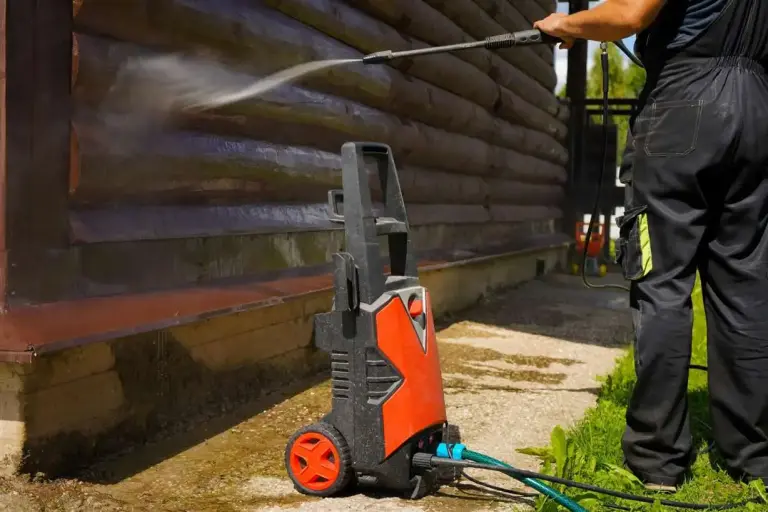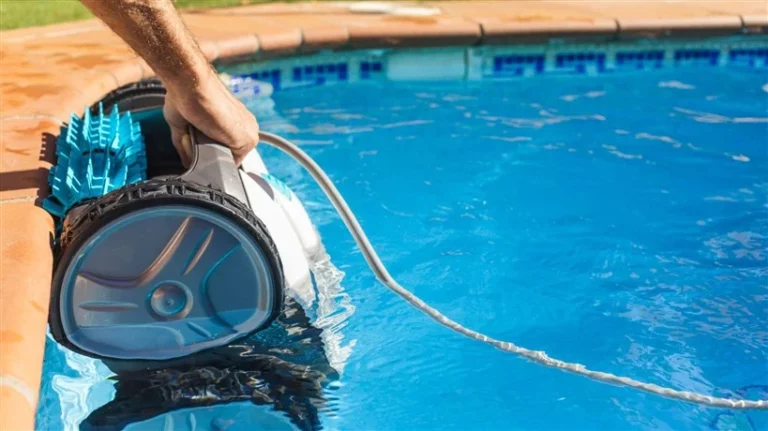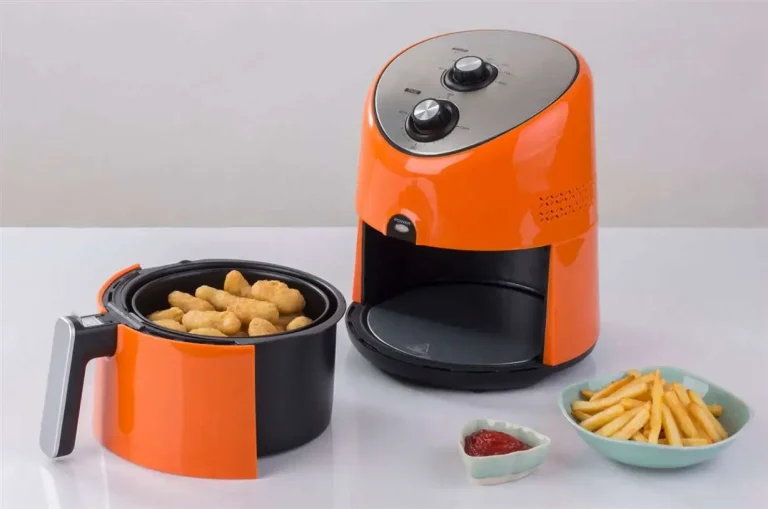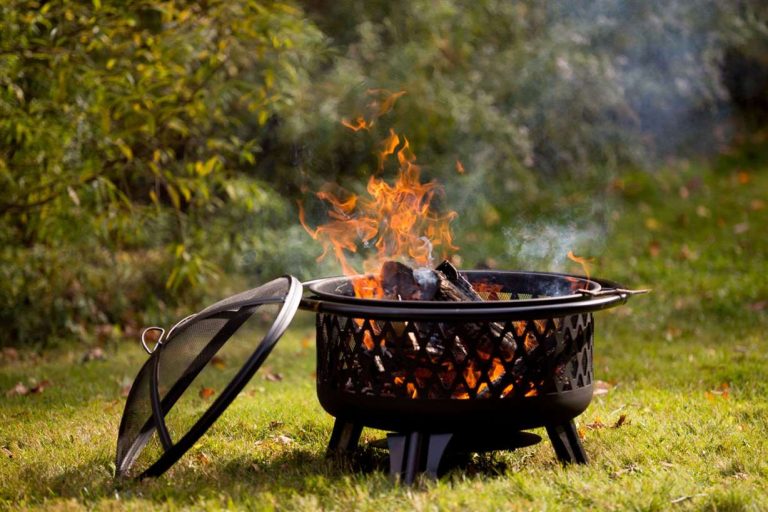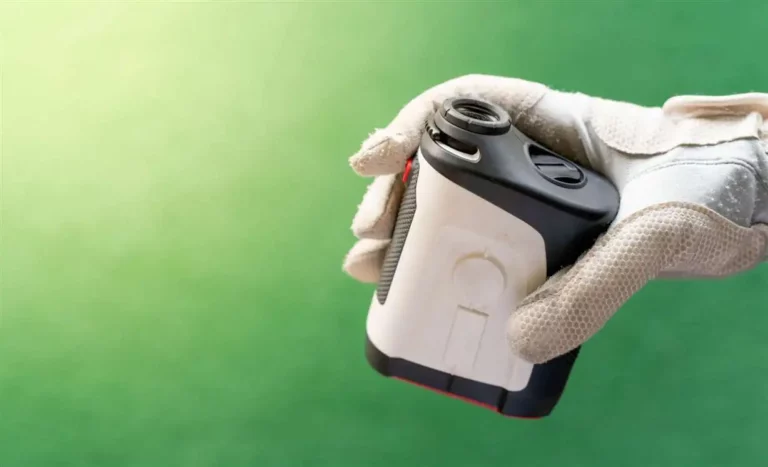Best Robot Vacuums
1 |  | View |
2 |  | View |
3 |  | View |
Robot vacuums have transformed home cleaning by offering an effortless and efficient way to keep floors spotless. These intelligent devices navigate your home, vacuum dust, pet hair, and debris without you having to lift a finger. In this guide, we review three of the best robot vacuums available today: the eufy Robot Vacuum 11S MAX, iRobot Roomba Q0120, and Shark Matrix Plus. Each model brings unique features, performance, and value—ensuring there’s a top pick for every household.
1. eufy Robot Vacuum 11S MAX Review
The eufy 11S MAX stands out as a sleek, quiet, and powerful robotic vacuum that’s perfect for hard floors and low- to medium-pile carpets. It offers strong suction in a low-profile design that fits easily under furniture and cleans thoroughly in tight spaces.
Key Features:
-
Super-Slim Design: At just 2.85 inches tall, it easily slips under couches and beds for thorough cleaning.
-
BoostIQ Technology: Automatically increases suction power within 1.5 seconds when extra vacuuming strength is needed.
-
Strong Suction: Delivers up to 2000Pa of suction to lift debris, dirt, and pet hair efficiently.
-
Quiet Operation: Runs quieter than a microwave, making it ideal for use during the day or night.
-
Triple-Filter System: Includes dual-layer filters and a high-performance filter for cleaner air.
-
Extended Battery Life: Cleans for up to 100 minutes on hardwood floors per charge.
-
Smart Sensors: Anti-drop and anti-collision sensors help avoid falls and obstacles.
Pros:
-
Very slim profile for cleaning under furniture
-
Quiet yet powerful, perfect for homes with pets
-
Excellent suction for the price
-
Easy to use with a remote control
-
Good battery life
Cons:
-
No app or voice control
-
Doesn’t support room mapping
-
Not ideal for thick carpets
2. iRobot Roomba Q0120 Review
The iRobot Roomba Q0120 is an advanced vacuum designed with intelligent mapping and smart home connectivity in mind. It excels in larger homes with mixed floor types and offers customizable cleaning schedules through its app.
Key Features:
-
Smart Mapping: Learns your home’s layout to clean in organized rows and remember where it left off.
-
Adaptive Navigation: Uses sensors to avoid obstacles and focus on high-traffic areas.
-
Power-Lifting Suction: Offers powerful suction for lifting dirt and debris from both carpets and hard floors.
-
Voice and App Control: Compatible with Alexa and Google Assistant for hands-free operation.
-
Automatic Dirt Disposal (Optional): Compatible with Clean Base for auto-emptying (sold separately).
-
Customizable Schedules: Set personalized cleaning routines and zones via the iRobot Home app.
-
Recharge and Resume: Returns to its dock, recharges, and continues cleaning until the job is done.
Pros:
-
Smart home integration and app customization
-
Great suction on all floor types
-
Learns and maps your home
-
Ideal for homes with pets
-
Can resume where it left off after charging
Cons:
-
More expensive than basic models
-
Loud at higher suction settings
-
Auto-empty base not included
3. Shark Matrix Plus Review
The Shark Matrix Plus is a solid choice for budget-conscious buyers who still want advanced navigation and strong performance. It’s built with a focus on versatility and multi-surface cleaning, making it a dependable all-rounder.
Key Features:
-
Matrix Clean Navigation: Uses a methodical cleaning pattern to ensure full coverage of every room.
-
Multi-Surface Brushroll: Effectively cleans hard floors and carpets alike.
-
Self-Cleaning Brushroll: Designed to pick up pet hair without hair wrap.
-
App and Voice Control: Works with the SharkClean app and voice assistants for easy scheduling and remote commands.
-
Row-by-Row Cleaning: Cleans in neat rows for better coverage and efficiency.
-
Recharge and Resume: Can return to base, recharge, and continue cleaning automatically.
-
Smart Mapping: Creates a map of your home for targeted room cleaning.
Pros:
-
Strong performance for the price
-
Great for homes with pets due to the self-cleaning brushroll
-
Supports app and voice control
-
Handles multiple floor types well
-
Good navigation and mapping features
Cons:
-
Slightly bulkier than some slim models
-
May need occasional maintenance on wheels and sensors
-
Battery life can vary with high suction use
Conclusion
Choosing the right robot vacuum depends on your home layout, flooring type, and desired features. Here’s a quick comparison to help you decide:
| Robot Vacuum | Best For | App Control | Key Strength |
|---|---|---|---|
| eufy 11S MAX | Apartments and low-clearance areas | No | Ultra-slim design with strong suction |
| iRobot Roomba Q0120 | Larger smart homes with mixed floors | Yes | Smart mapping and customizable schedules |
| Shark Matrix Plus | Pet owners and mixed flooring | Yes | Self-cleaning brushroll and smart navigation |
Each of these robot vacuums delivers in its own way—whether you’re after high-tech features, quiet cleaning, or affordable efficiency. With the right model, you can keep your home cleaner without lifting a finger.
